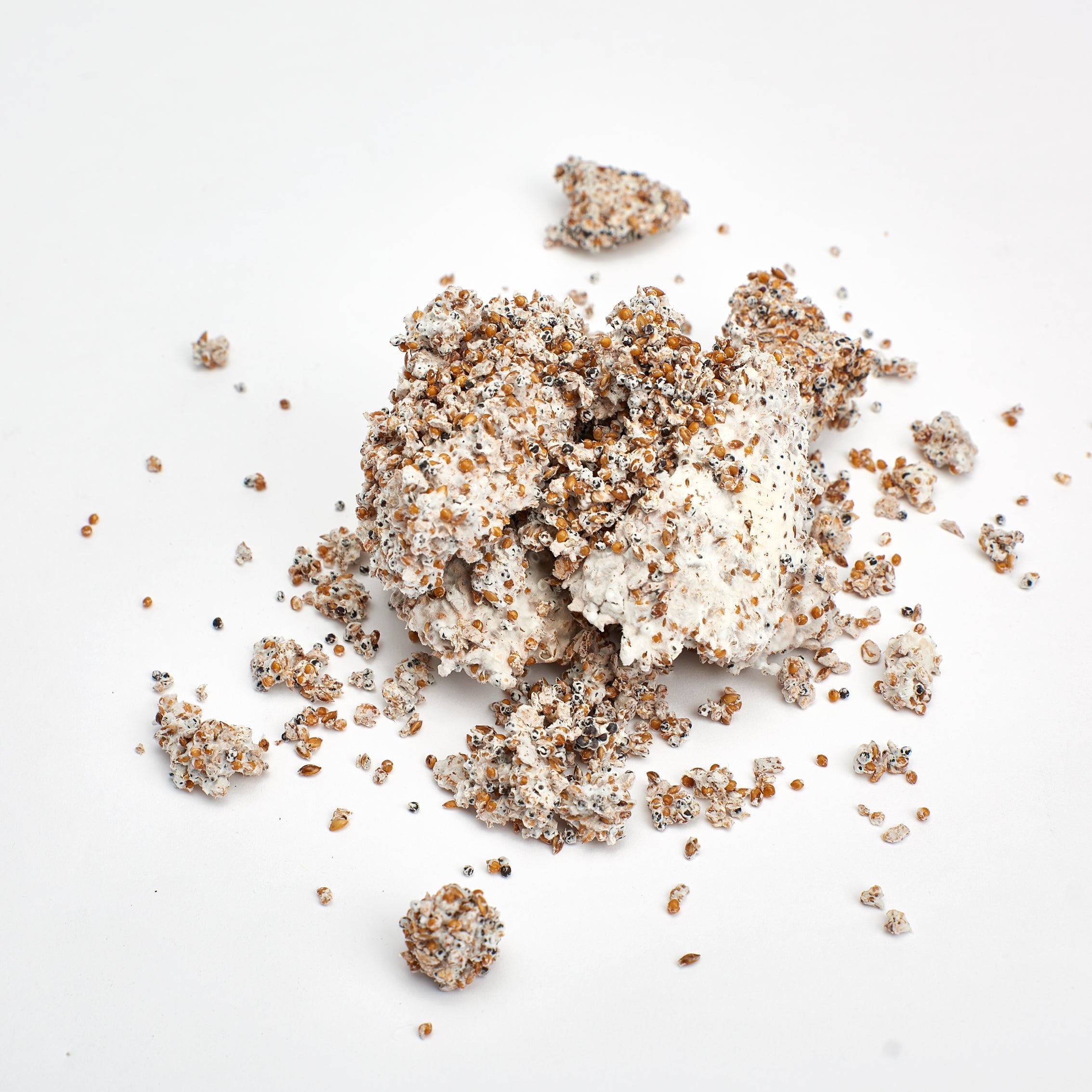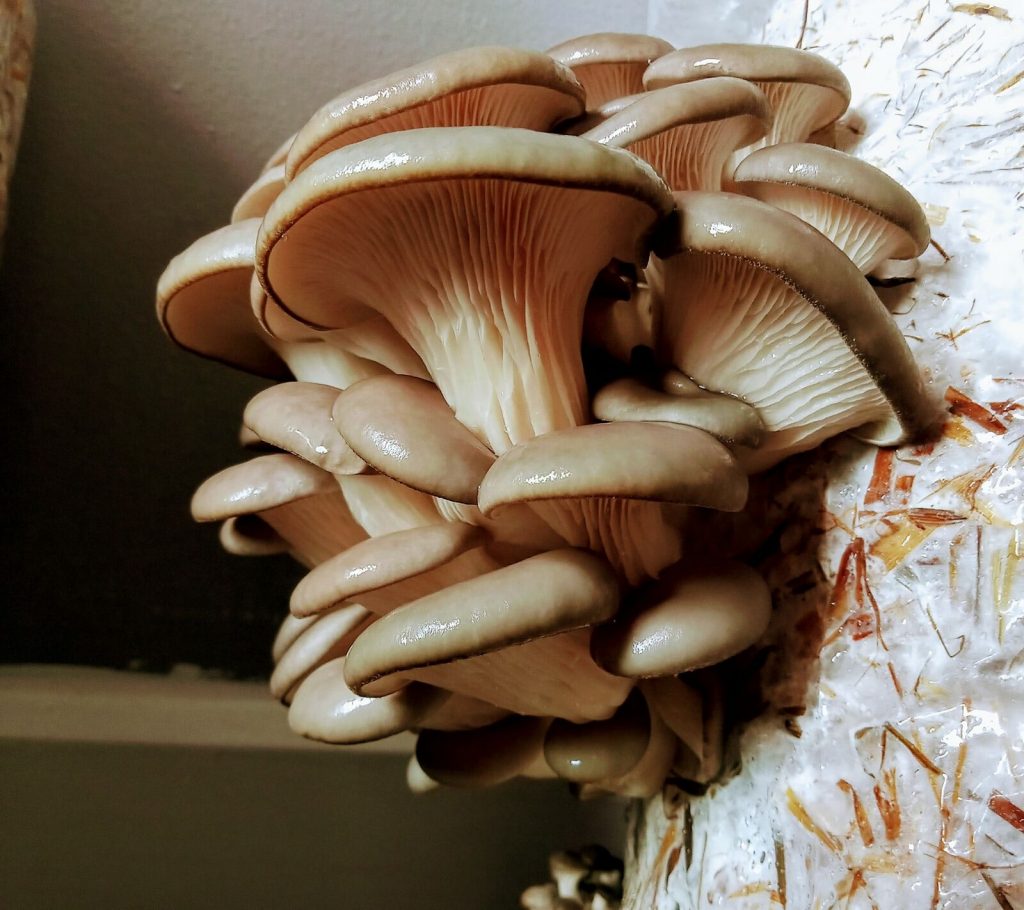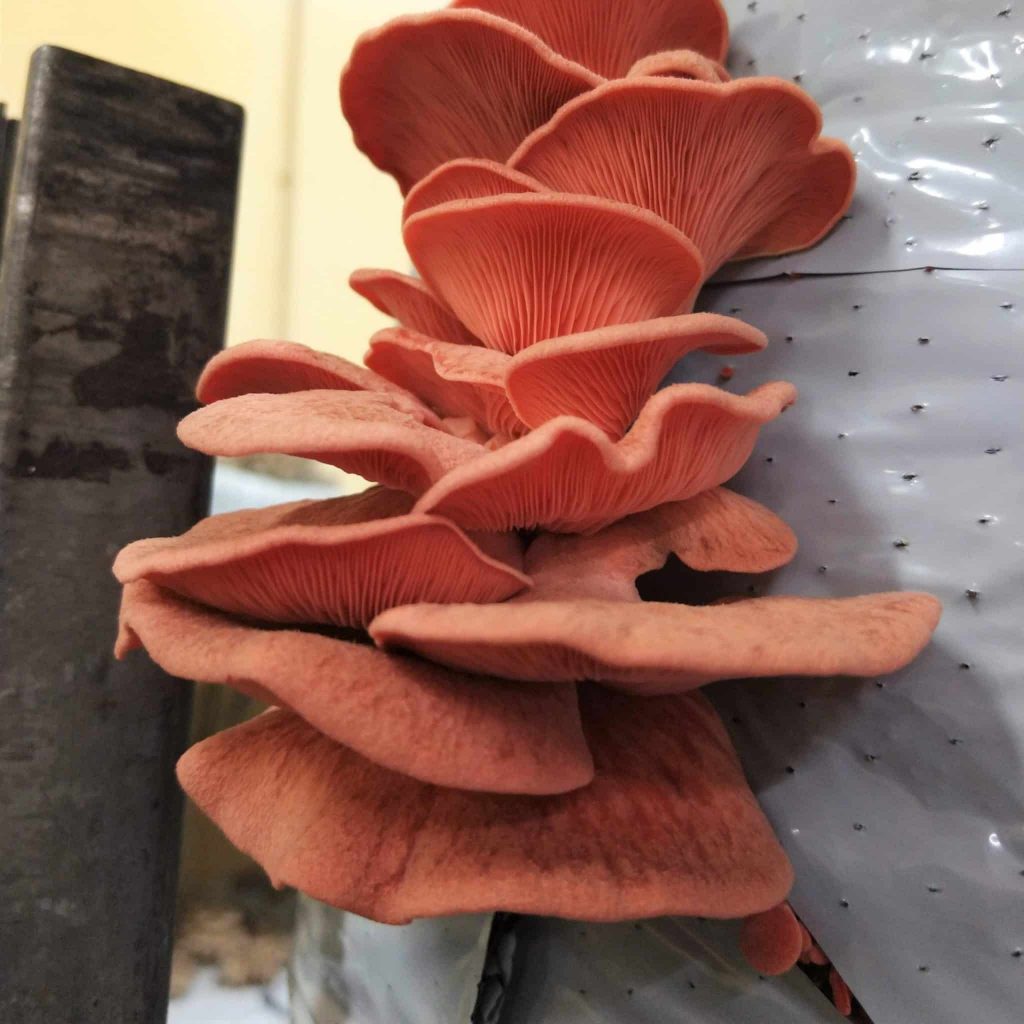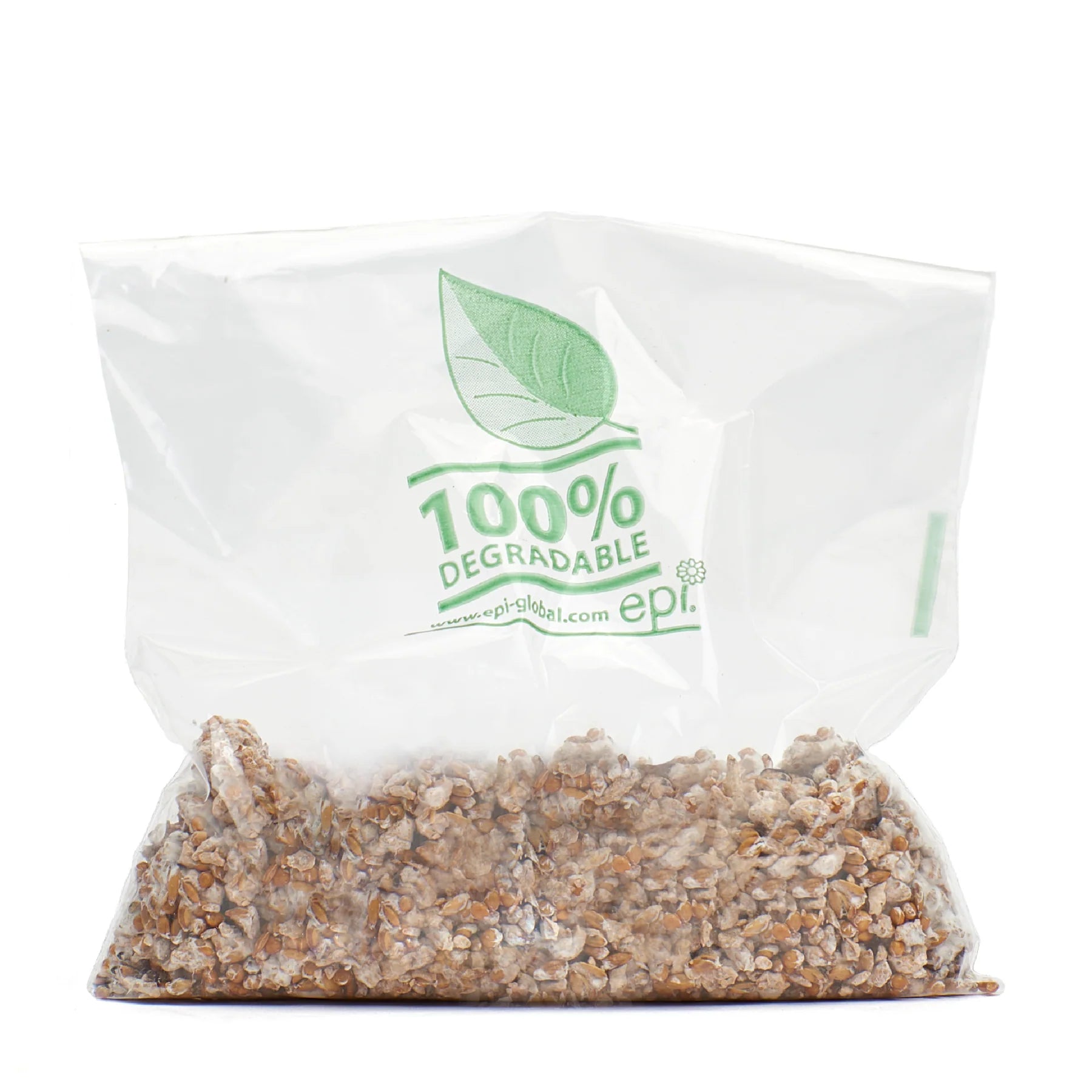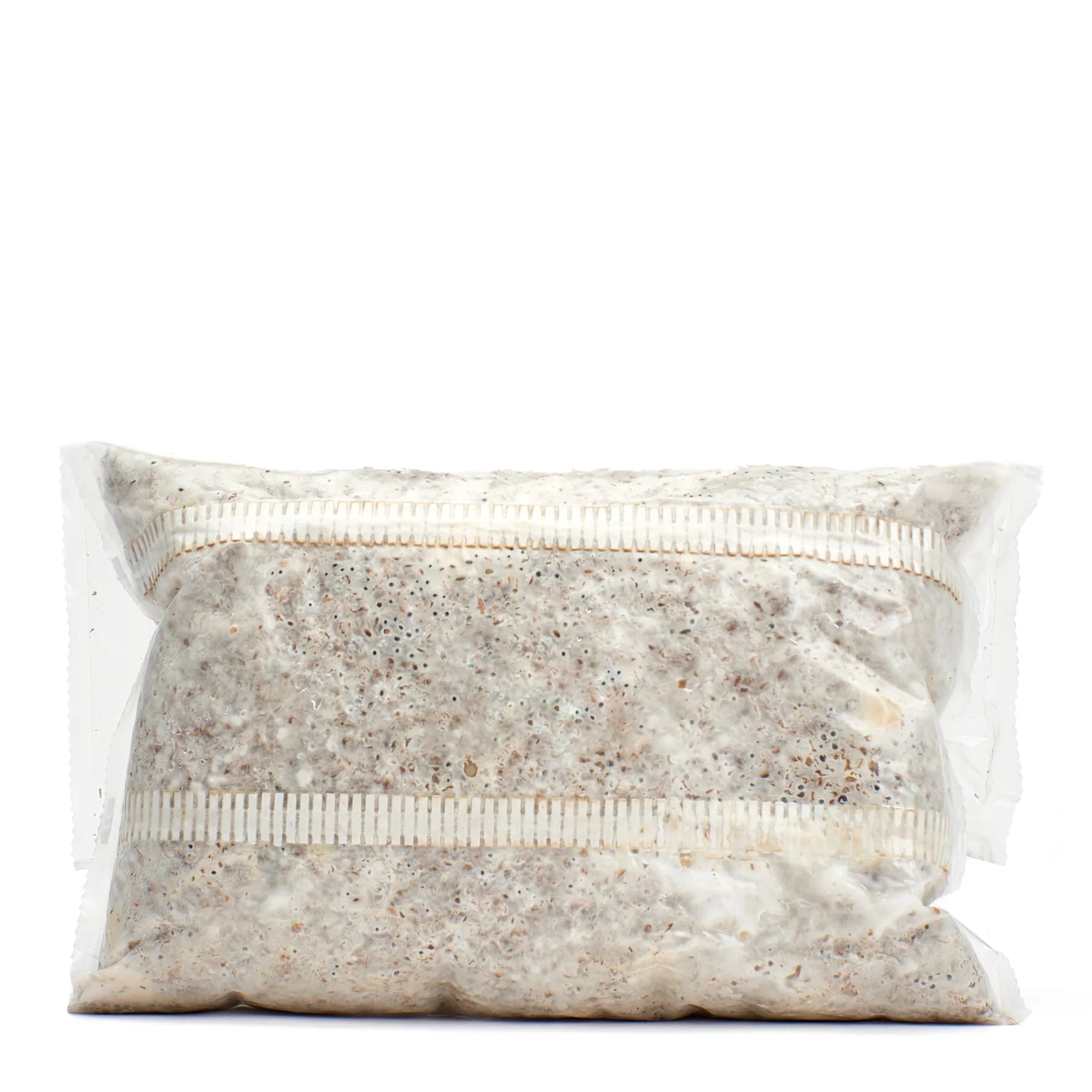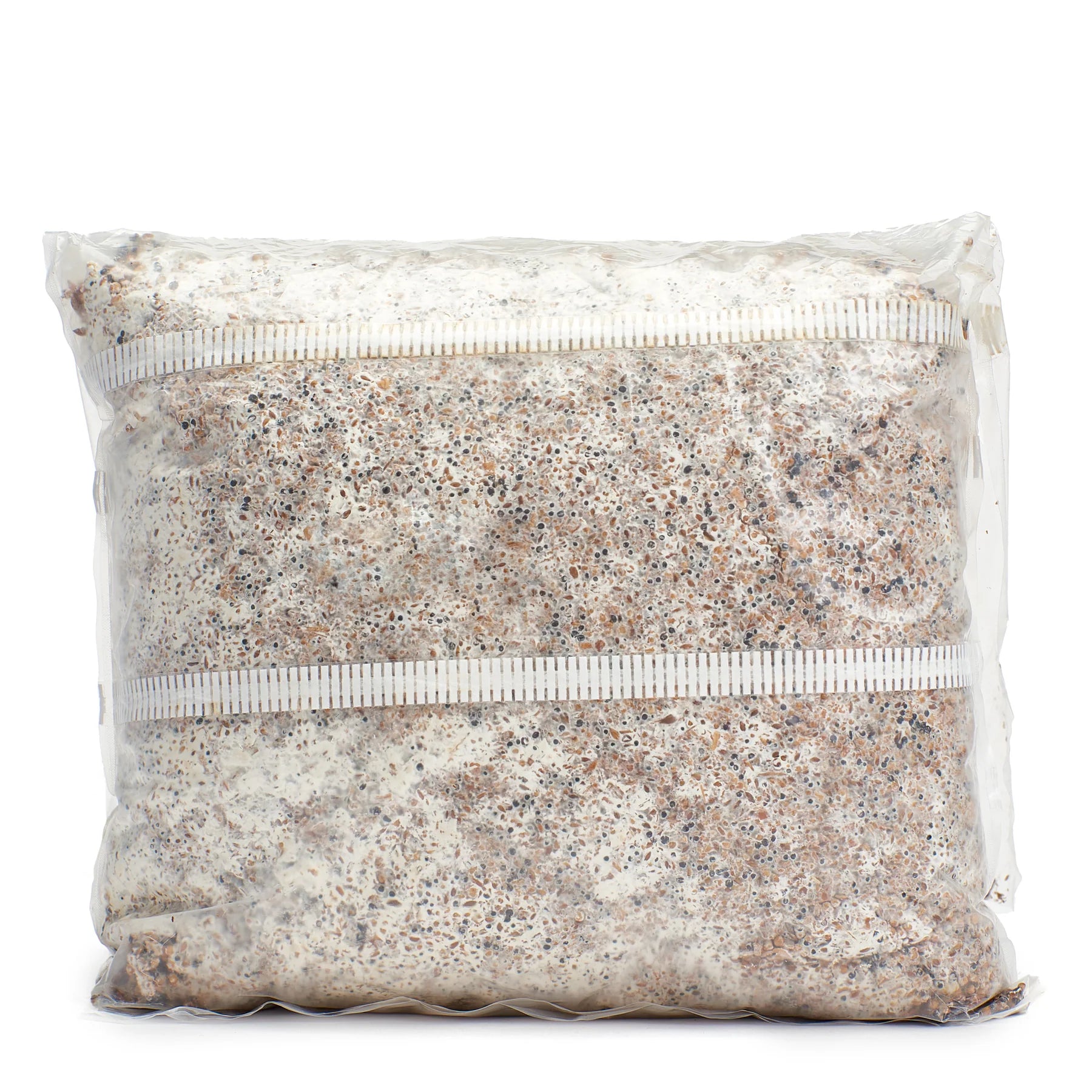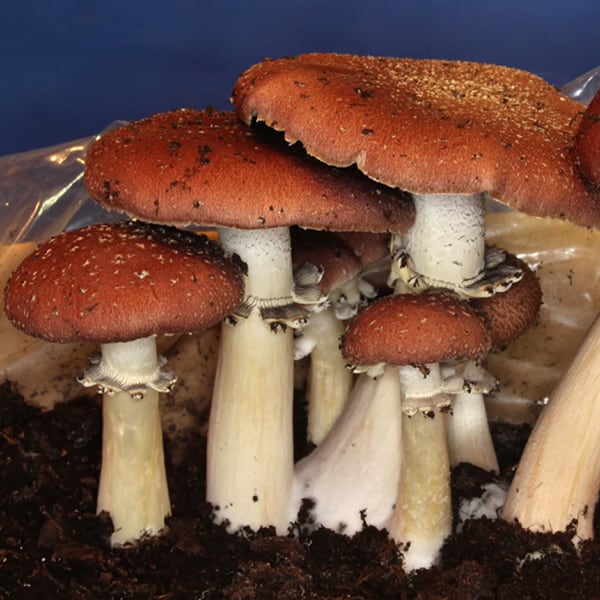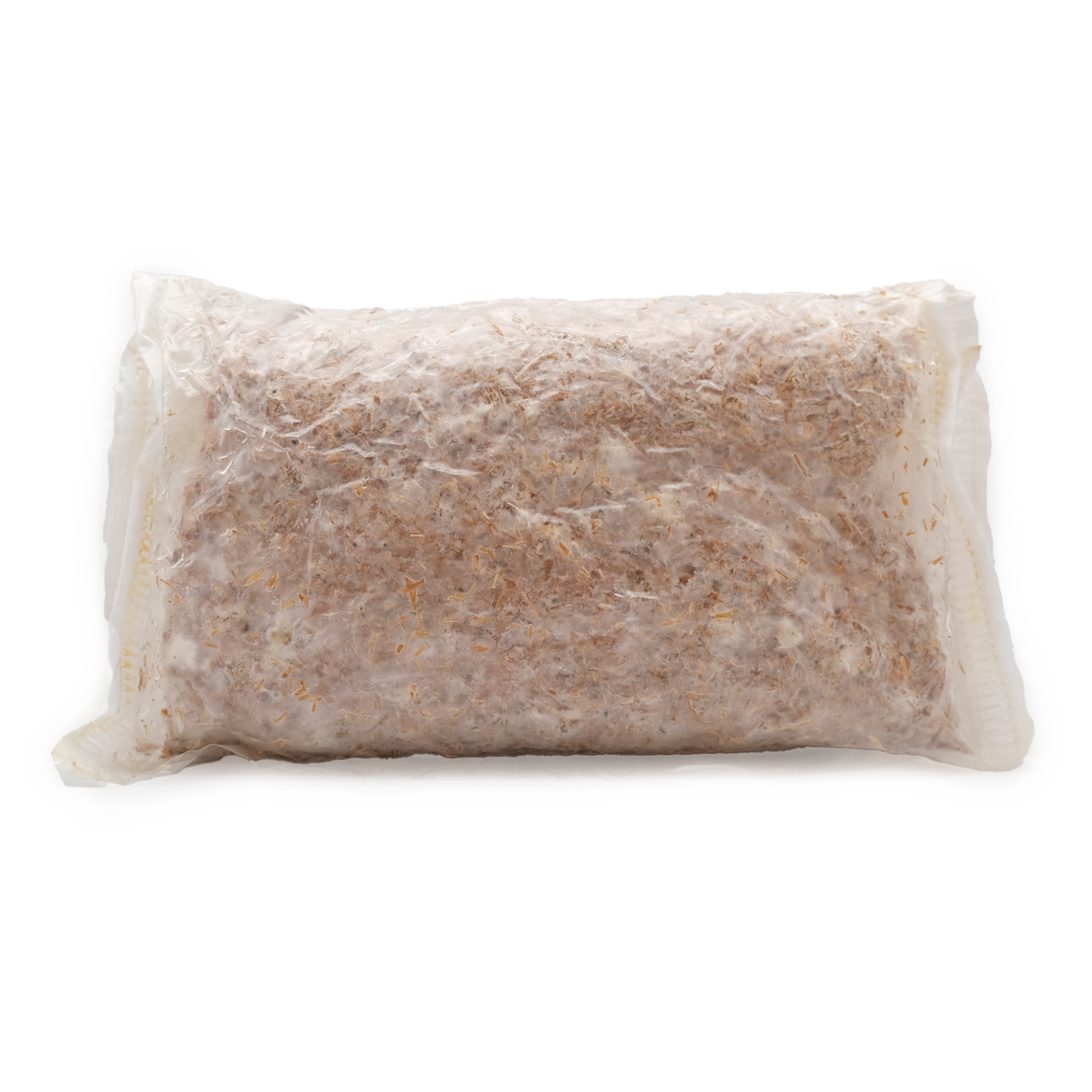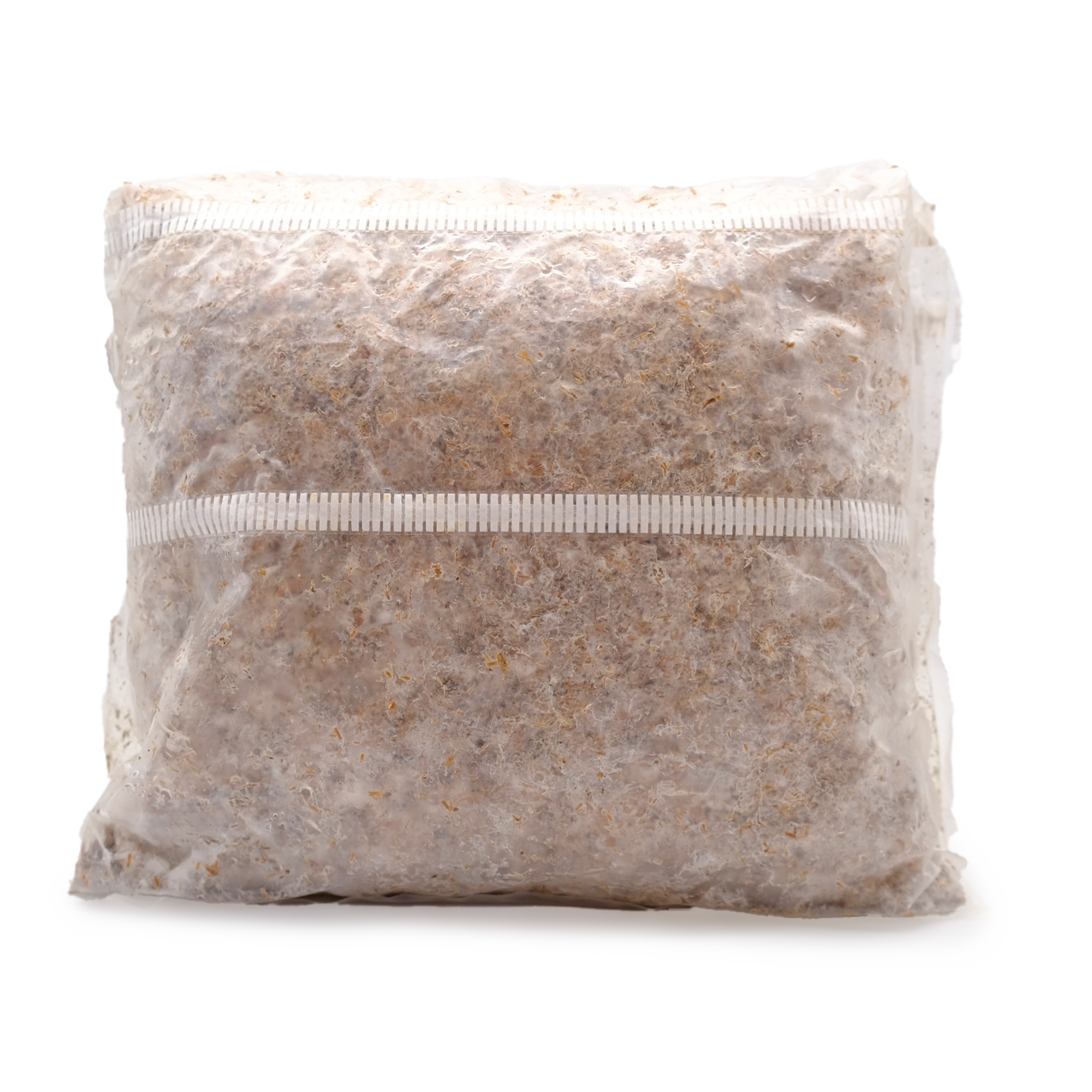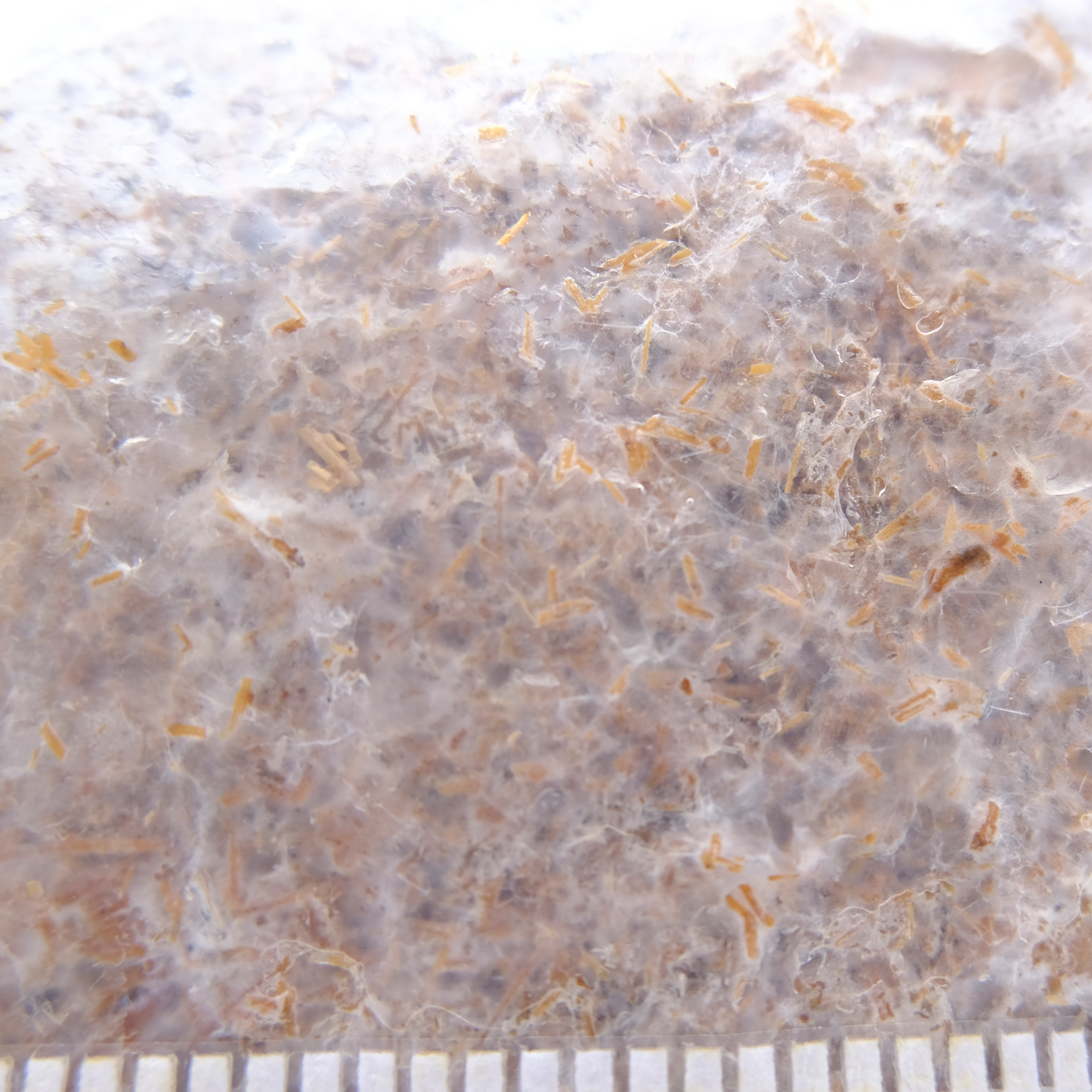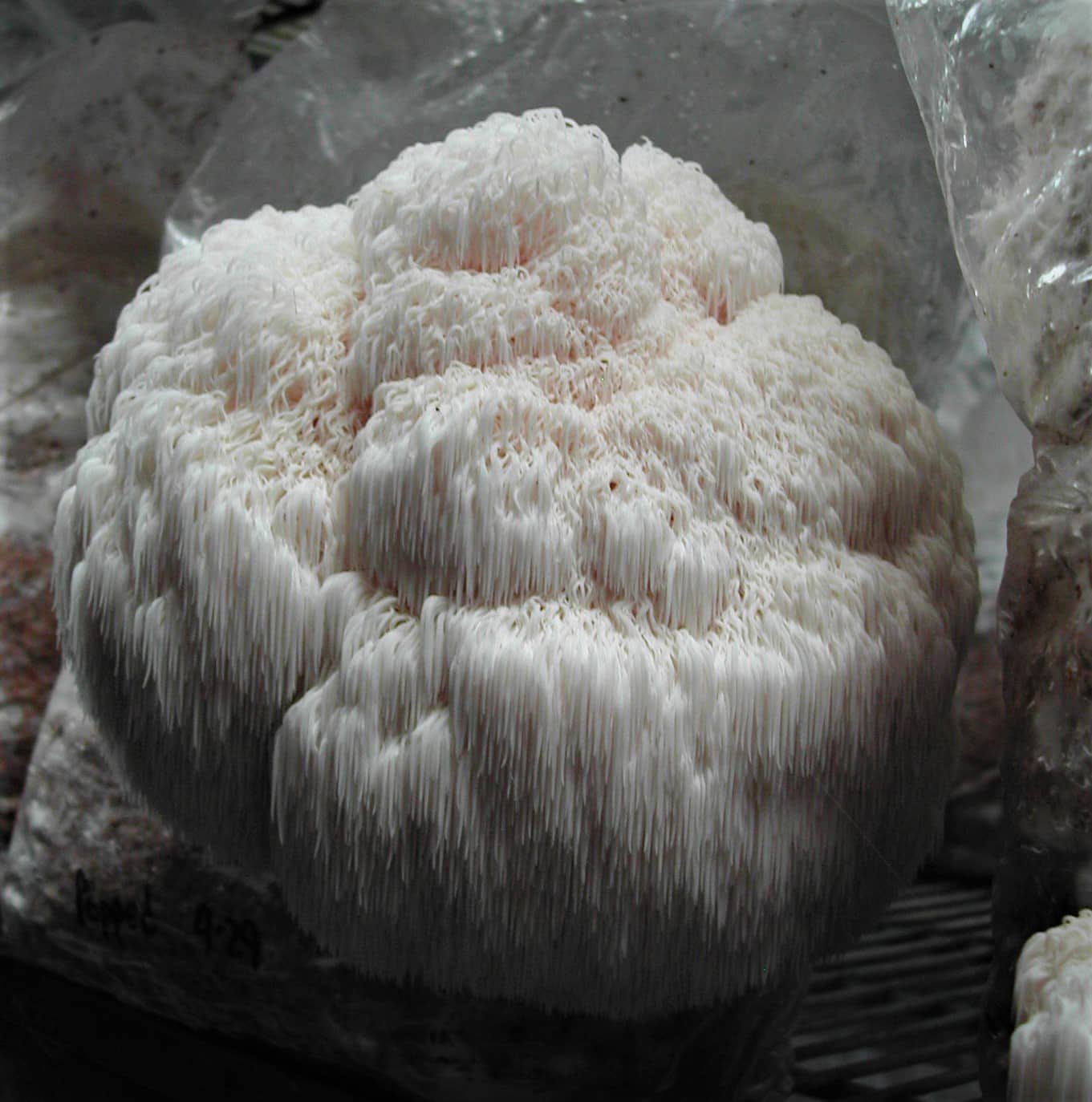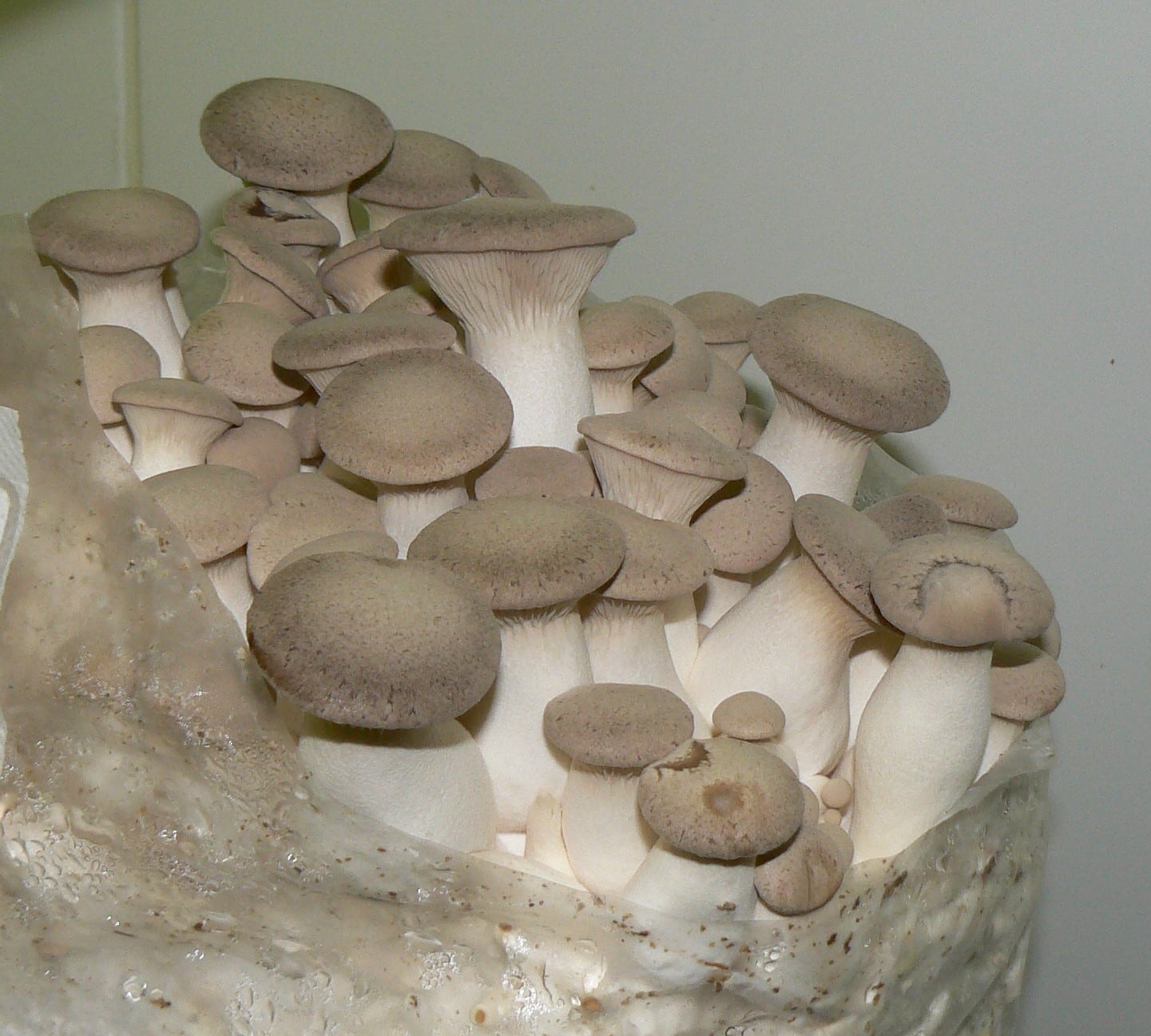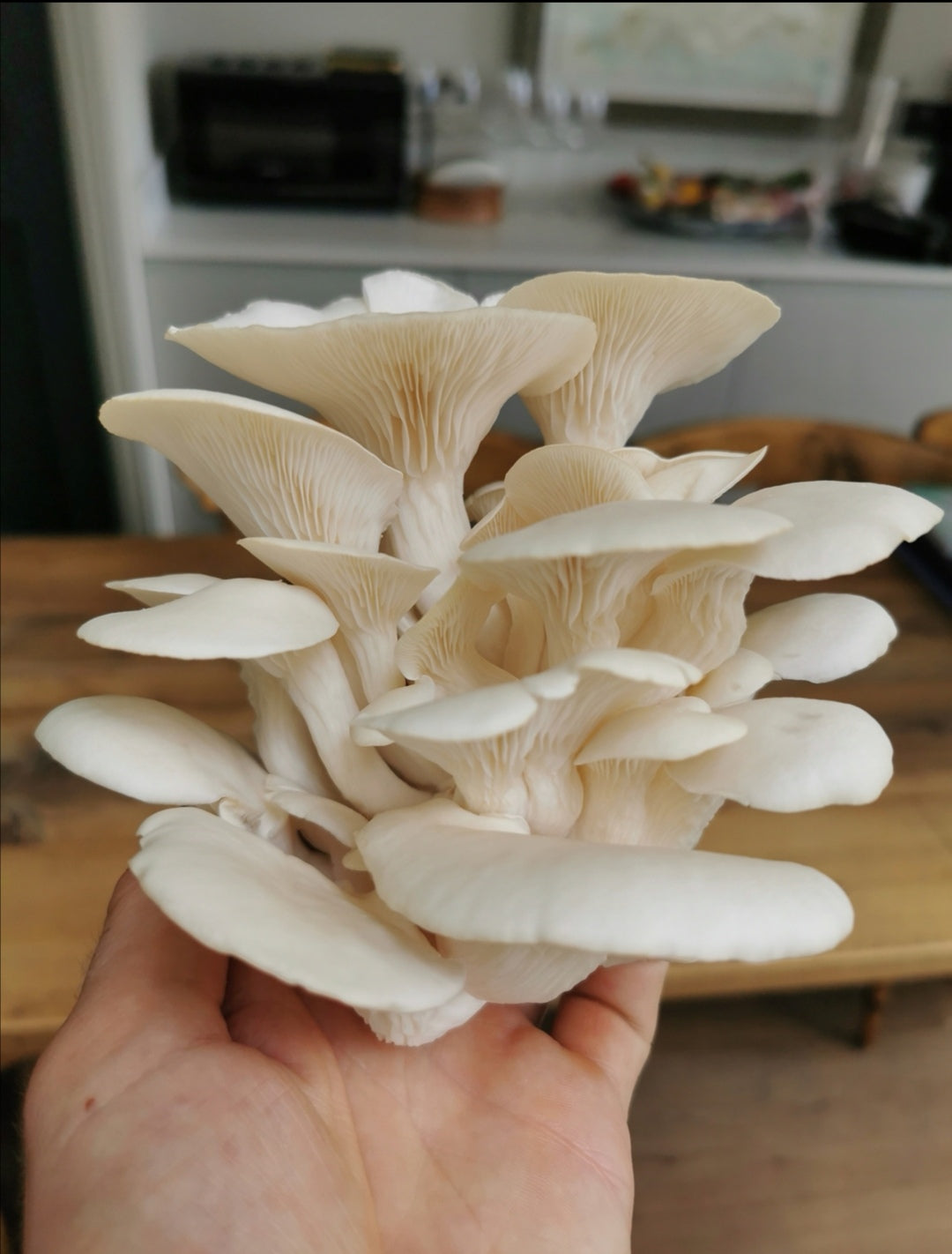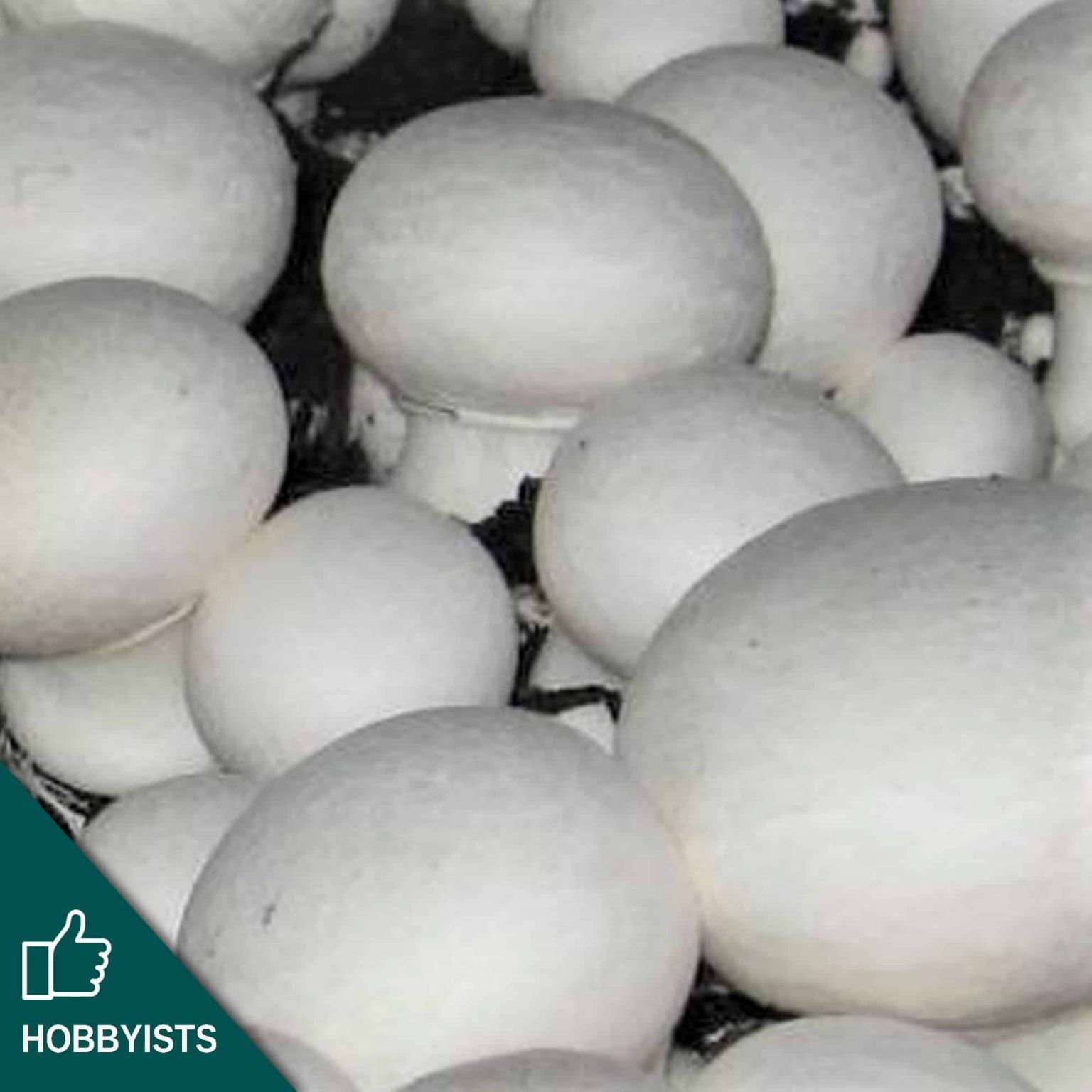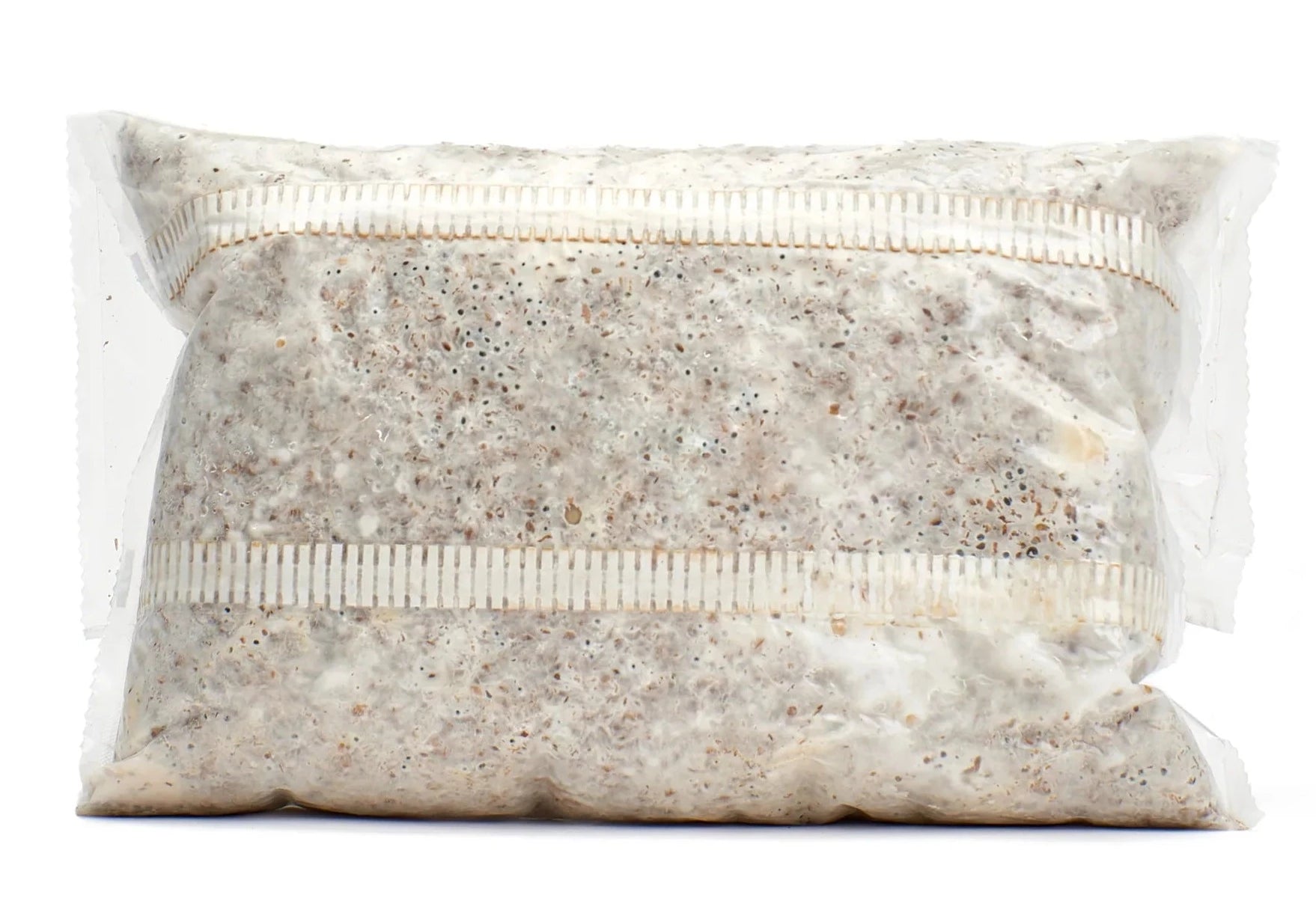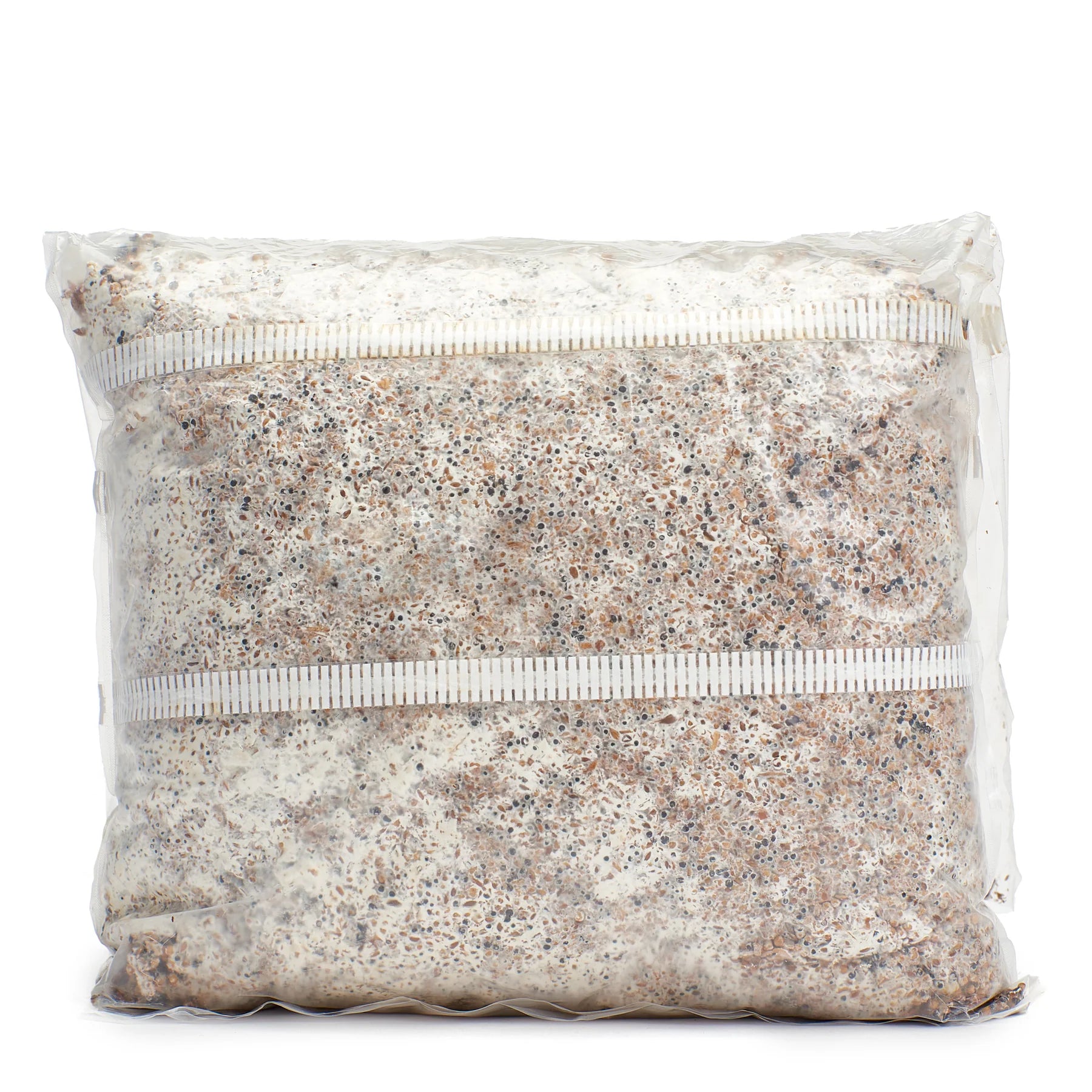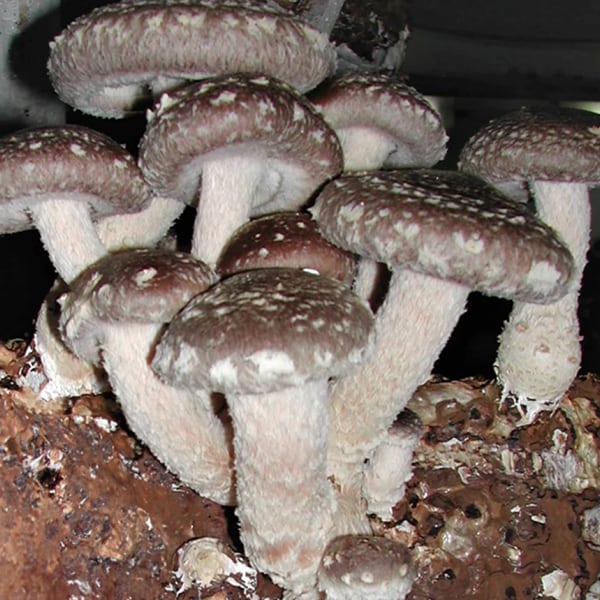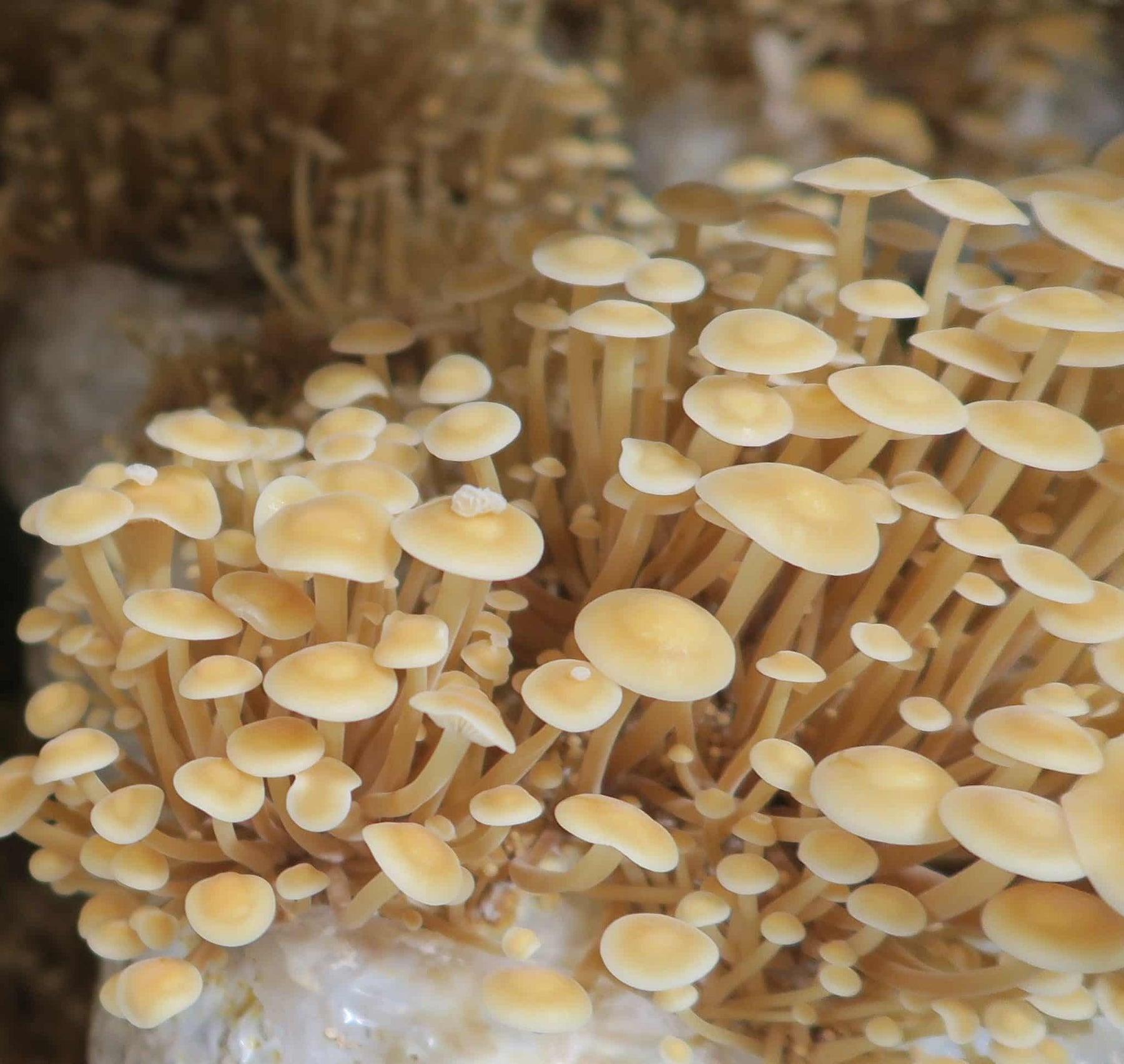Blue-Grey Oyster Mushroom Grain Spawn
Pink Oyster Mushroom Grain Spawn
Lion’s Mane Mushroom Grain Spawn
King Oyster Mushroom Grain Spawn
White Elm Oyster Mushroom Grain Spawn
Yellow-Gold Oyster Mushroom Grain Spawn
Brown Button Mushroom Grain Spawn
Mushroom Spawn FAQs
What is mushroom spawn?
Mushroom spawn is basically the starter for growing mushrooms – like a “seedling” thinly wrapped in mushroom mycelium. It’s typically made with sterilised grains, sawdust, or wood plugs that have been colonised by the fungus, so all you need to do is add it to your substrate and let it take over.
What are the most common types of mushroom spawn?
The three most common types of mushroom spawn are:
- Grain spawn (like rye or millet), great for jumping straight into bulk substrate.
- Sawdust spawn, perfect if you’re rooting for wood-based mushrooms.
- Plug spawn, ideal for poking into logs.
Each plays to a different strength depending on your setup.
How to tell if mushroom spawn is bad?
If mushroom spawn has gone bad, you’ll usually notice bad smells, slimy patches or green/black mould. Because spawn is living, contamination can spoil an entire grow. That’s why it’s so important to use clean, high-quality spawn from a trusted supplier.
How do you use mushroom spawn?
To use mushroom spawn, mix it into your chosen substrate (like straw, sawdust, or compost), keep things warm and humid, and let the mycelium run with it. The “starter” mycelium spreads out, colonises the material, and eventually fruits into mushrooms.
What's the difference between spores and spawn?
Spores are like the mushroom’s version of seeds – tiny, airborne, and meant for reproduction. Spawn, on the other hand, is already growing mycelium, often on a substrate, ready to colonise.
